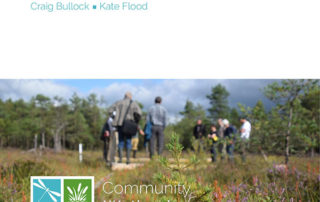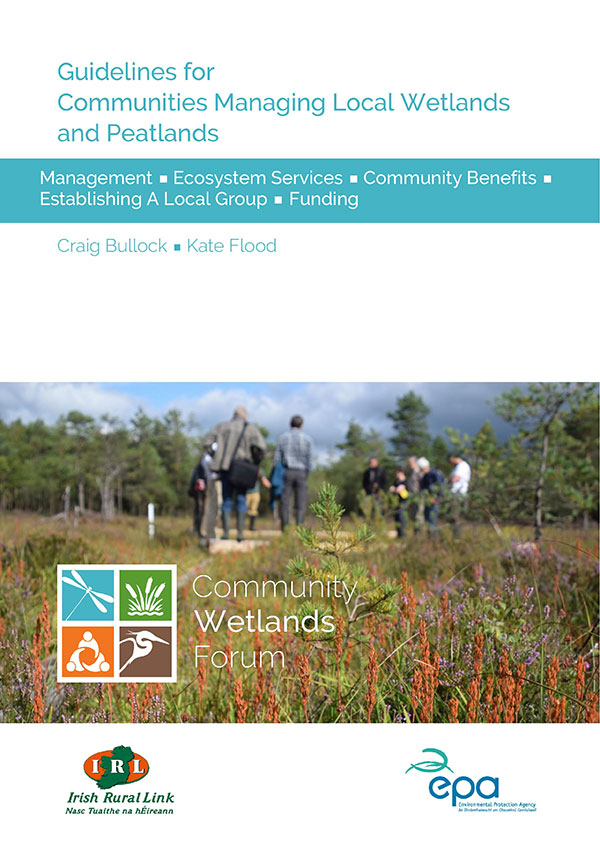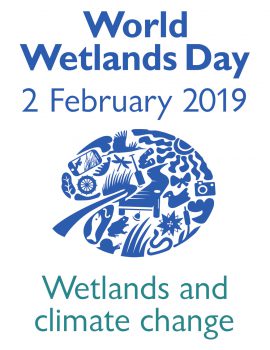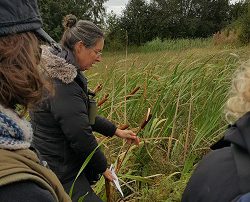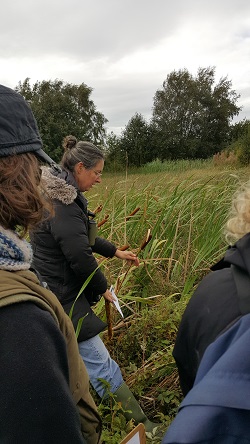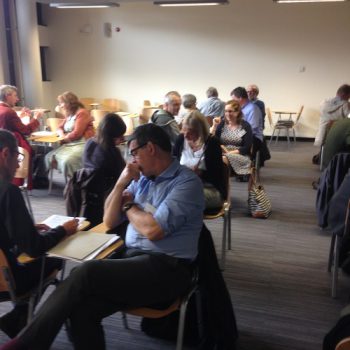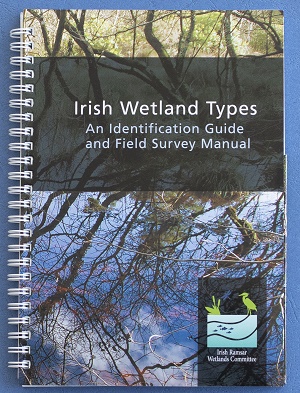Winners of the World Wetlands Day photo competition announced!
Award-winning wildlife camera man Colin Stafford-Johnson kindly agreed to select the overall winners of the World Wetlands Day Photo Competition. The WWD photo competition was organised by the IRWC and Wetlands Surveys Ireland to mark 50 years since the signing of the Ramsar Convention. The competition which ran over four months in 2021 had a great response and monthly winners were posted on the IRWC website. The winners will each receive a framed copy of their photo and an OPW Family Heritage Card.
The overall winner of the under 18 category was Lucy Gallagher from Cork. Colin Stafford -Johnson commented that this photo gave a ‘Lovely sense of place and time of year’
The overall winner of the over 18 category was James McGrath, also from Cork . Colin Stafford -Johnson commented that the Whooper Swans were, ’Very well captured. Evocative. I can hear them calling’.
Fine praise indeed for two photos which represent Ireland’s wonderful, varied, and vital wetlands.
Thanks to Colin Stafford-Johnson for judging the overall competition winners, to members of the IRWC (Niamh Fitzgerald of BirdWatch Ireland, Tadgh O’Mahony of the EPA, Mary Roache of Teagasc) and to Patrick Crushell of Wetland Surveys Ireland for judging the monthly competition winners. Thanks to the National Biodiversity Data Centre for their monthly prizes of Identification Swatch Packs and to the OPW for the overall winner prize of a Family Heritage Card.
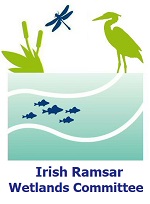

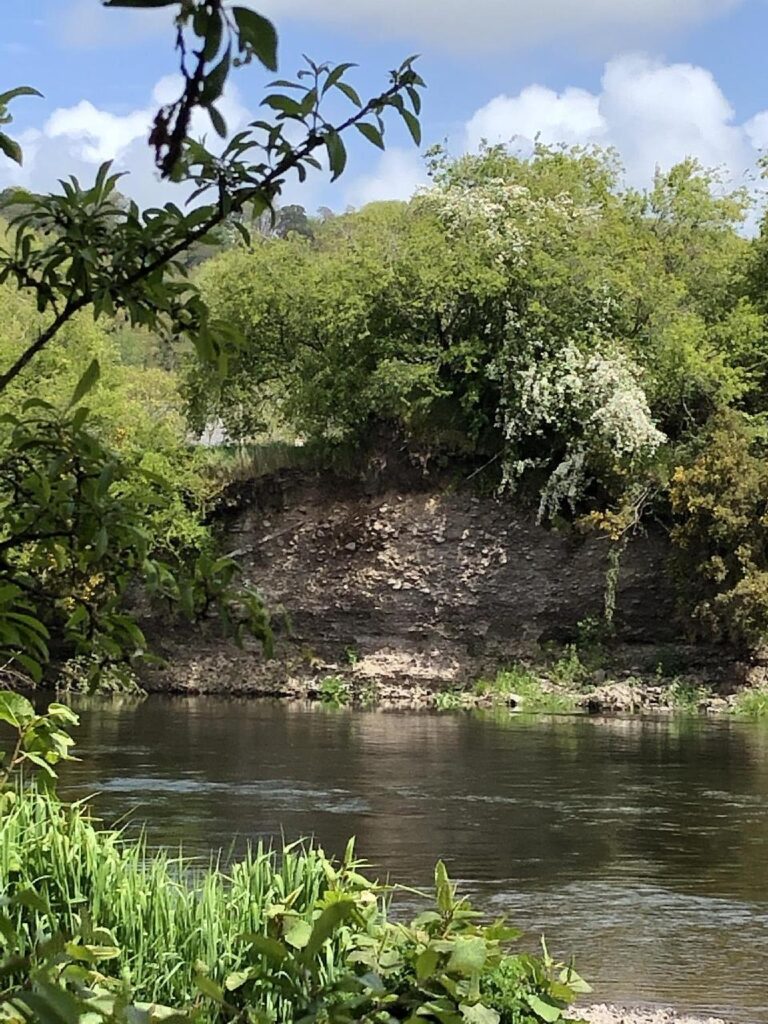
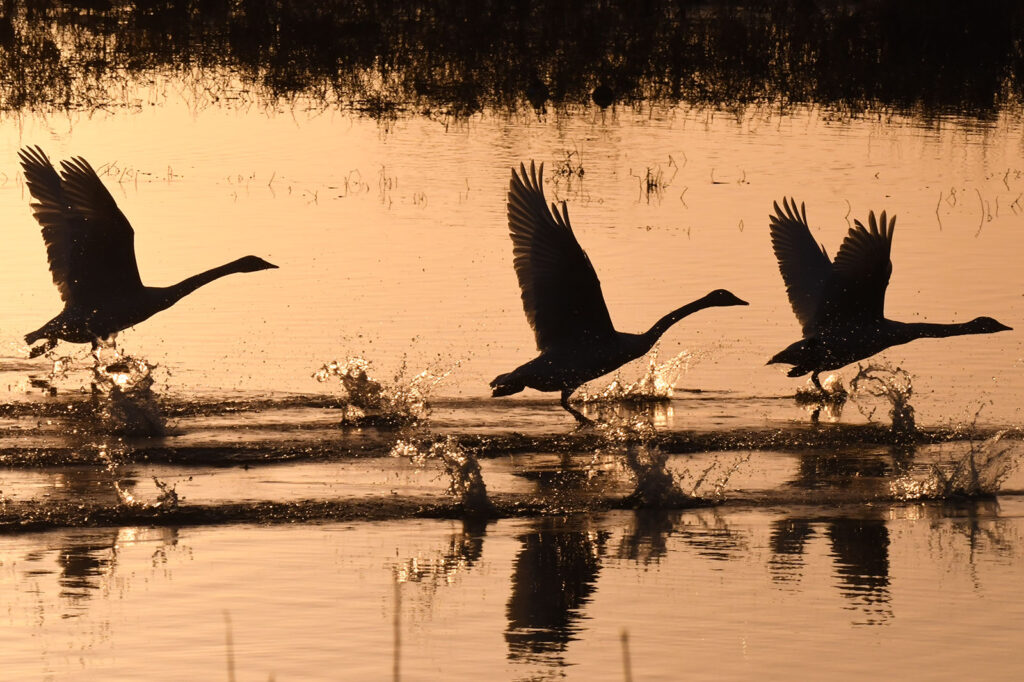
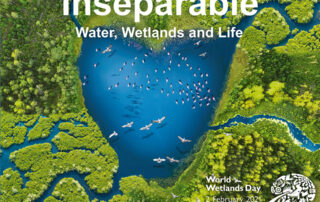
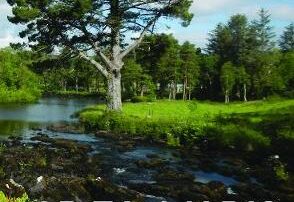
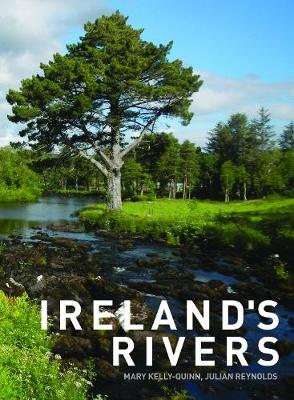 Rivers are said to be the veins, and streams the capillaries, that carry freshwater, the scarce lifeblood of the Earth. However, freshwaters are experiencing species extinctions at a rate faster than any other ecosystem, and human activities are threatening our survival through overexploiting and degrading water quality. Rivers have been channelled, buried underground, dammed, diverted and polluted; some so over-abstracted that their waters no longer reach the sea. With abundant rainfall, Irish rivers are less damaged than many of those in other countries, but most have water quality problems that can impact the quality of our lives and economic activities, as shortages of safe water supplies have demonstrated.This timely book aims to raise awareness of Ireland’s fantastic and often undervalued river resource, andthe importance of changing our behaviour and policies to ensure that we keep it in a healthy condition forits sustainable benefits, as well as protection of its biodiversity. The book captures the expertise of 39 Irishfreshwater experts to provide an up-to-date account on the evolution of Ireland’s rivers and their flowcharacteristics, biodiversity and how humans have depended on, used and abused our rivers through time.Irish rivers include types that are rare elsewhere in Europe and support a wide range of aquatic organisms and processes. In Ireland’s Rivers there are chapters on their hydrology and on their animal and plant life, on crayfish, fish and pearl mussels, and on aquatic birds and mammals, describing their importance and the threats to their survival such as pollution and loss of habitat. There are case studies of characteristic but contrasting Irish rivers, the Avonmore, Burrishoole, Araglin and the mighty Shannon, and information on invasive aquatic species. Water quality and river management are underlying themes. Ireland’s Rivers concludes with some suggestions for ways that individuals, households, communities and policy makers can help protect the health and beauty of our rivers and their wildlife.
Rivers are said to be the veins, and streams the capillaries, that carry freshwater, the scarce lifeblood of the Earth. However, freshwaters are experiencing species extinctions at a rate faster than any other ecosystem, and human activities are threatening our survival through overexploiting and degrading water quality. Rivers have been channelled, buried underground, dammed, diverted and polluted; some so over-abstracted that their waters no longer reach the sea. With abundant rainfall, Irish rivers are less damaged than many of those in other countries, but most have water quality problems that can impact the quality of our lives and economic activities, as shortages of safe water supplies have demonstrated.This timely book aims to raise awareness of Ireland’s fantastic and often undervalued river resource, andthe importance of changing our behaviour and policies to ensure that we keep it in a healthy condition forits sustainable benefits, as well as protection of its biodiversity. The book captures the expertise of 39 Irishfreshwater experts to provide an up-to-date account on the evolution of Ireland’s rivers and their flowcharacteristics, biodiversity and how humans have depended on, used and abused our rivers through time.Irish rivers include types that are rare elsewhere in Europe and support a wide range of aquatic organisms and processes. In Ireland’s Rivers there are chapters on their hydrology and on their animal and plant life, on crayfish, fish and pearl mussels, and on aquatic birds and mammals, describing their importance and the threats to their survival such as pollution and loss of habitat. There are case studies of characteristic but contrasting Irish rivers, the Avonmore, Burrishoole, Araglin and the mighty Shannon, and information on invasive aquatic species. Water quality and river management are underlying themes. Ireland’s Rivers concludes with some suggestions for ways that individuals, households, communities and policy makers can help protect the health and beauty of our rivers and their wildlife.